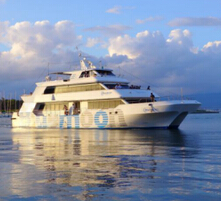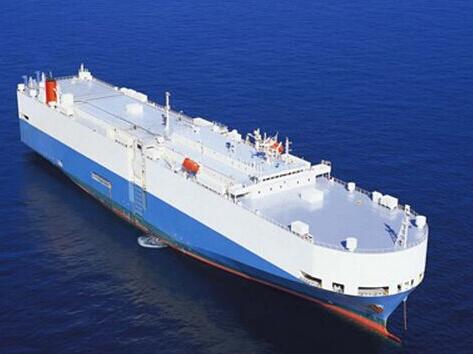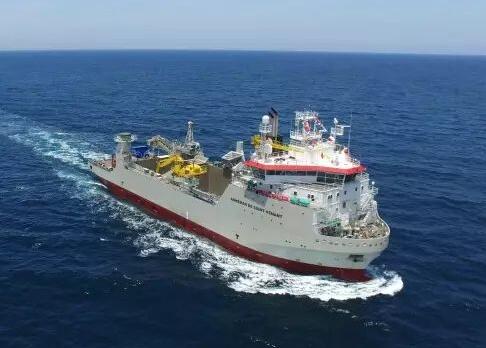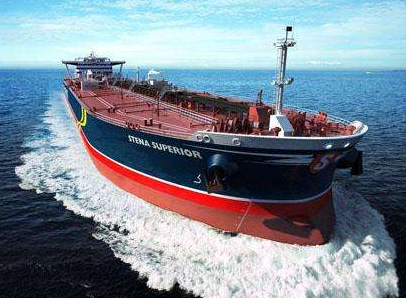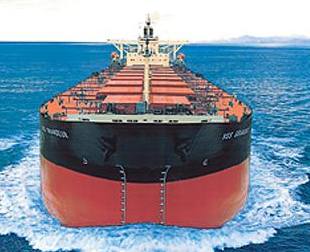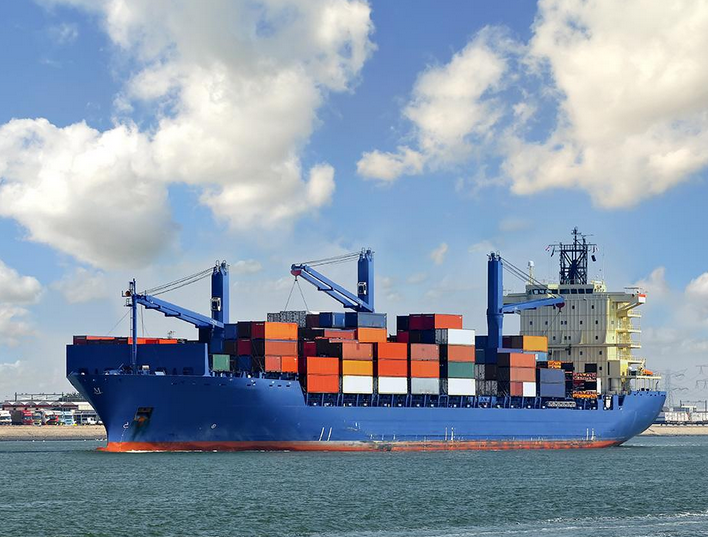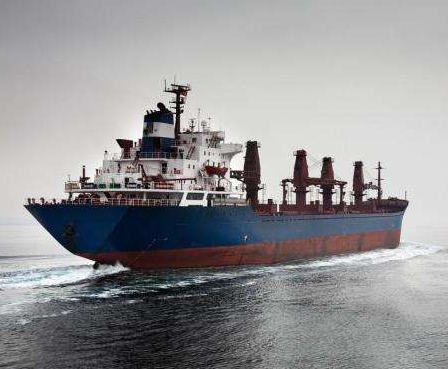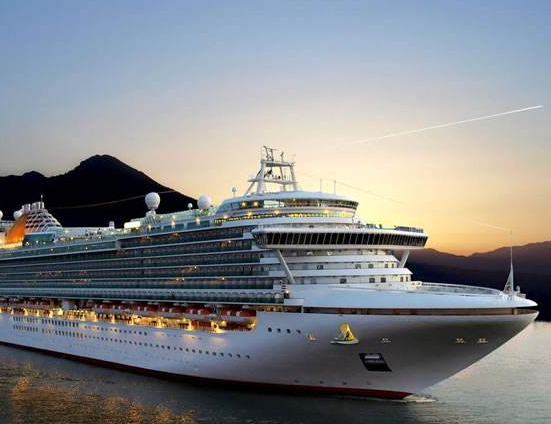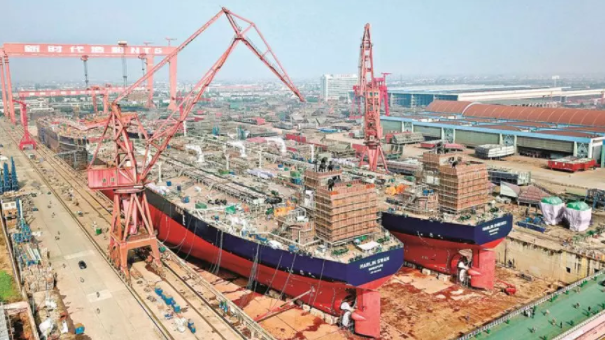 The shipbuilding industry is a master of modern industry and is known as the “king of comprehensive industry”.
The shipbuilding industry is a master of modern industry and is known as the “king of comprehensive industry”.
Recently, Taizhou City Bureau of Industry and Information Technology disclosed a set of "hard core data": Last year, the international ship market situation was complex and changeable. Taizhou City completed the completion of the ship, the number of new orders and hand-held single-volume three major indicators ranked in the country Number one.
In 2018, Taizhou became the nation's "building ship's largest city"!
2
Private ship enterprises, propped up "the largest city for shipbuilding"
As a prefecture-level city, what is the pillar of the “first shipbuilding market” in Taizhou?
An important factor is the agglomeration effect of the national superiority shipbuilding enterprises.
In 2018, Taizhou completed the number of new orders and the top three non-group companies in the country, all of which were covered by private ship companies. The Yangtze River shipbuilding, new-age shipbuilding and port ships are divided into one, two and three.
Taizhou Shipbuilding not only has a large volume, but also has advanced technology. It has created a number of “the best in Taizhou” in the history of domestic shipbuilding.
At present, the pre-assembly rate of key state-owned shipbuilding enterprises in Taizhou is close to the advanced level of Japanese and Korean shipbuilding enterprises, and the docking cycle and terminal cycle are both at the domestic leading level.
The integrity of the 11800TEU container ship built this year by Yangzijiang Shipbuilding reached 96%; the integrity of the 400,000-ton ore ship was 98%. The first ship was the target of delivery 101 days after the docking, and the delivery time was ahead of schedule. It took two months.
At present, Taizhou is making every effort to build a high-quality central fulcrum city in Jiangsu, which is inseparable from the high-quality development of the industry.
3
Shipbuilding industry, once encountered 10 years of winter

After a decade of cold winter, not just China, many shipyards around the world have gone bankrupt.
The rise and fall of shipbuilding orders is closely related to the shipping of international trade. Whether shipping is prosperous is a barometer of the global economy.
Dongfang Heavy Industry used to be the second largest shipbuilding enterprise in Jiangyin City. At the peak, it had 3,000 workers and the annual completion of shipbuilding was nearly 2 million deadweight tons. However, it was discontinued in 2015 and officially entered the bankruptcy reorganization process this year.
In addition to the Eastern Heavy Industry, the bankrupt shipbuilding enterprises have successively bankrupted a large number of shipbuilding enterprises such as Haotian Ship and Rongsheng Heavy Industry in Jiangsu Province.
According to statistics, from March 2007 to March 2018, the number of active shipyards worldwide dropped from more than 900 to 354. Most of the more than 500 inactive shipyards have embarked on the road to bankruptcy or transformation. South Korea and China's shipbuilding industry, which built a large number of new shipyards during the heyday, began to experience a crisis of capital chain breaks. Even Daewoo, one of the three major shipbuilding companies in South Korea, almost went bankrupt, and finally relied on financial institutions and government bailouts.
4
How does the "private ship king" go against the tide?

But even in the winter of 10 years, the Yangtze River shipping industry in Taizhou, the profit in 2017 accounted for 40% of the national shipbuilding industry, and the production volume in 2020 has already been filled.
Over the past 10 years, the Yangtze River Shipyard's plant area has grown from 200,000 square meters to 2 million square meters, expanding by 10 times. The annual shipbuilding capacity has grown from 200,000 DWT to 6 million DWT, a 30-fold increase. The winter of the shipbuilding industry stopped. At present, the order volume is the first in the country and the third in the global dynamics.
As of 2017, the profit of Yangzijiang Shipbuilding has been the highest in China's shipbuilding industry for seven consecutive years, becoming China's most "most profitable" shipyard.
Being good at "risk" is the "machine", making the Yangtze River ship industry become the object of many ship companies competing to learn and learn, and let Ren Yuanlin become the "private ship king" of the Chinese business community.
Before 2008, the Baltic index rose to 12,000 points. At that time, a 80,000-ton bulk carrier cost only 30 million US dollars, but the ex-factory price was as high as 50 million US dollars, and the shipyard's profit was as high as 20 million US dollars. After the shipowner transferred the $50 million ship to the shipping company, he was able to receive $80 million in rent and a net profit of $30 million.
Such a lucrative profit made all the funds crazy into shipbuilding, but Ren Yuanlin was very calm, and he thought that such an amazing profit was extremely abnormal. Although orders were like snow flakes at the time, he only chose the shipowners who had the strongest paying ability and the most understanding. Even the contract of 2 billion yuan was even given up.
After the financial crisis, Ren Yuanlin did not fall into the limestone. On the one hand, he extended a helping hand to the shipowners to help the shipowners overcome financial difficulties, and on the other hand, transformed into a ship with high technology content in order to obtain new profit margins.
With the advancement of science and technology and strict control of costs, the Yangtze River Shipyard received a large number of orders in the winter of 10 years at a price that others could not afford, and also made an amazing profit. Now Ren Yuanlin has a new goal, which is to build a clean energy ship with a higher technical level.
However, in Ren Yuanlin's view, private ship companies still face two major difficulties: one is financing difficulties; the other is equal treatment with state-owned enterprises. Ren Yuanlin said, "We don't take care of it, we don't want to offer it, but we have to be fair."
Since last year, the central government has issued a number of positive policies and measures to support the development of private enterprises, to solve the financing difficulties of SMEs, the problem of financing, and the substantial reduction of taxes and fees. These are all conducive to stimulating the vitality of the micro-subjects and helping to boost economic growth.
Grasp the opportunity and sail to the sea!
















 RCCN WeChat QrCode
RCCN WeChat QrCode Mobile WebSite
Mobile WebSite